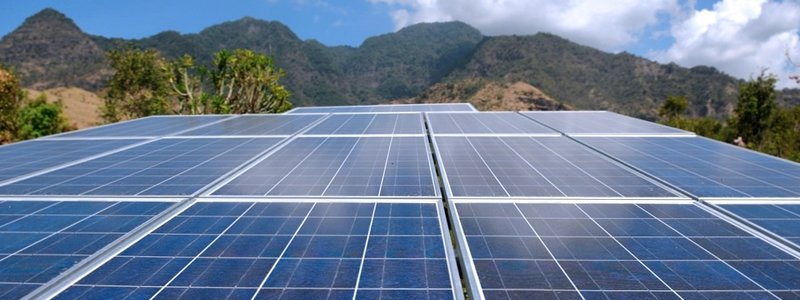
Upcoming climate talks could be one of the factors set to change the investment climate for solar in Central America, a regional expert said.
The 2015 United Nations Climate Change Conference of the Parties (COP 21) in Paris this month could lead Central American leaders to strengthen support for renewables, believes Jaime Alvarez, chief partnerships officer for Iwana Energy.
The conditions for distributed solar deployment have become more complicated across most Central American markets because of low electricity prices resulting from cut-price oil supplies.
Alvarez, a speaker at the forthcoming Solar PV Trade Mission Central America & Colombia whose firm specialises in Latin American distributed solar projects, believes the conditions for PV investment will pick up again within a couple of years.
Energy demand, he said, is likely to grow across the region, increasing the price of electricity and lessening the pressure exerted on legislators by existing fossil fuel and hydro power lobbies.
At the same time, continuing declines in solar equipment costs could improve the attractiveness of PV projects.
Finally, an increase in grid-scale projects might favour distributed PV growth in some markets by reducing supply chain costs and risks and introducing new, solar-friendly investors to the region.
“In El Salvador there will be an auction of 150 MW and people are saying three 50 MW projects could be awarded,” Alvarez said.
For now, however, Central America remains something of a mixed bag for solar developers and investors. Panama, for example, has stagnated along with the rest of the region but still presents opportunities for distributed solar development.
Honduras, too, is a tricky market for developers but one that could offer distributed PV opportunities on account of a deficient electricity grid.
And El Salvador, despite having little regulatory support for solar, has electricity prices high enough to allow the development of small projects.
Prospects are not so good for Nicaragua, where the energy sector is still very much controlled by the state, and Costa Rica, where it is virtually impossible to secure a power-purchase agreement.
And even in Guatemala, which has a favourable regulatory framework, the low cost of electricity has undermined the viability of solar for now.
A bright exception is represented by Colombia, where very recently the Government finally released the long-awaited Regulatory Decree 2143 that completes the Ley 1715 on renewable energies. The decree supports the "Promotion, development and use of non conventional energy sources" through special discounts on income and corporate taxes, and exemption from VAT and other levies, for those companies investing in projects that will obtain the Certificate of Environmental Relief (Certificado de Beneficio Ambiental). This is a major development in the South American country and could finally unlock Colombia’s huge solar potential.
Across the region, an increased focus on de-carbonisation following COP 21 should force administrations to embrace greater support for renewables, restoring the potential that these markets had only a couple of years ago.
But if that does not happen, said Alvarez: “In the short term you need to be careful and look out for opportunities. Once the cost of equipment goes down another 10%, projects will be feasible where currently they are not.”
